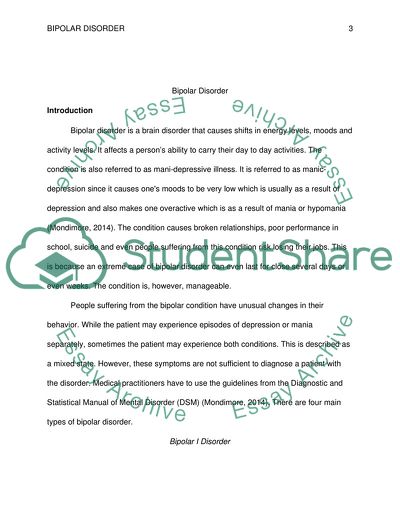Cite this document
(Analysis of Bipolar Disorder Coursework Example | Topics and Well Written Essays - 1750 words, n.d.)
Analysis of Bipolar Disorder Coursework Example | Topics and Well Written Essays - 1750 words. https://studentshare.org/psychology/1864026-bipolar-disorder
Analysis of Bipolar Disorder Coursework Example | Topics and Well Written Essays - 1750 words. https://studentshare.org/psychology/1864026-bipolar-disorder
(Analysis of Bipolar Disorder Coursework Example | Topics and Well Written Essays - 1750 Words)
Analysis of Bipolar Disorder Coursework Example | Topics and Well Written Essays - 1750 Words. https://studentshare.org/psychology/1864026-bipolar-disorder.
Analysis of Bipolar Disorder Coursework Example | Topics and Well Written Essays - 1750 Words. https://studentshare.org/psychology/1864026-bipolar-disorder.
“Analysis of Bipolar Disorder Coursework Example | Topics and Well Written Essays - 1750 Words”. https://studentshare.org/psychology/1864026-bipolar-disorder.


